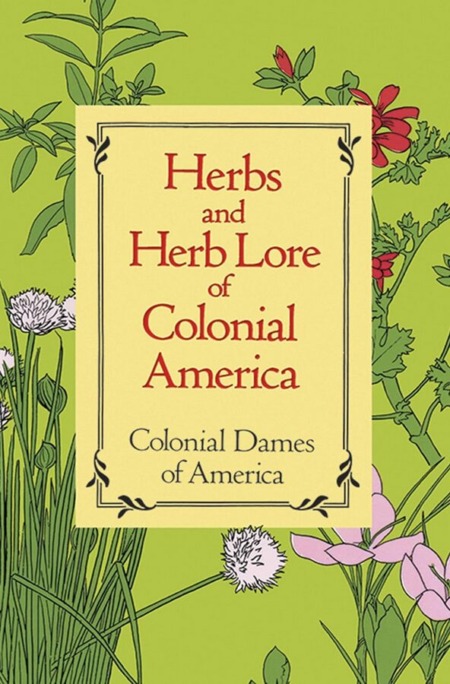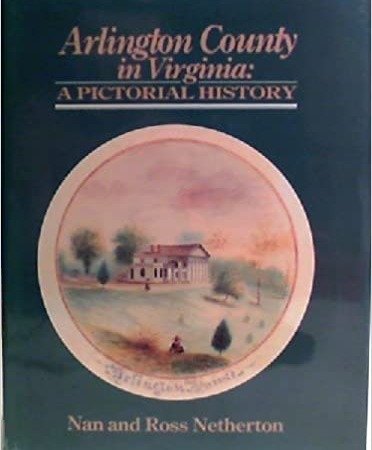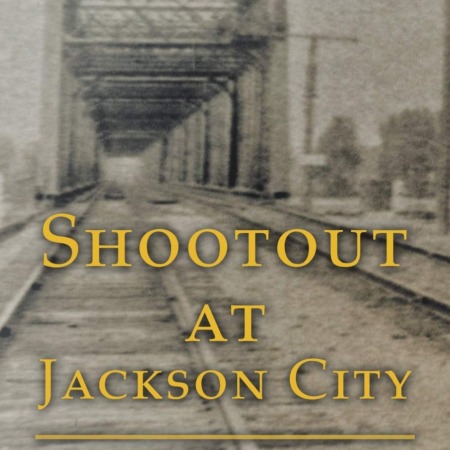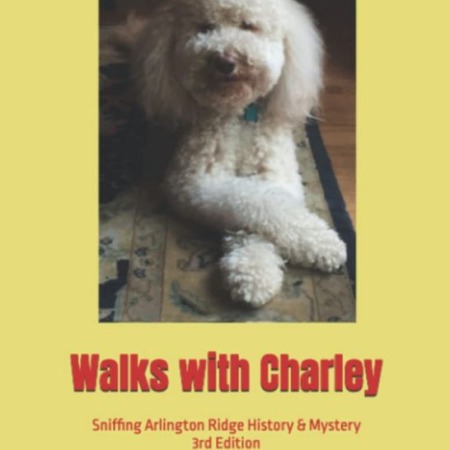Description
Herbs and Herb Lore of Colonial America by the National Society of the Colonial Dames of America
Arlington County’s oldest structure, the Ball-Sellers House museum, a farmhouse built c. 1750, boasts a colonial style garden that grows many of the herbs that would have been used by the family. This book highlights the importance and usefulness of herbs among early Virginians and settlers in the American colonies. Compiled by members of the National Society of the Colonial Dames of America, this carefully researched and delightfully written guide provides a wealth of insights into the supply sources that sustained colonists of the period.
Inside it you will find descriptions of more than 50 herbs and plants, from medicinal flora believed to offer remedies for a number of ailments to those used as natural dyes, disinfectants, taste enhancers, and more. Among the varieties described here are bee balm, bloodroot, candytuft, daffodil, feverfew, hollyhock, hyssop, Jacob’s-ladder, lady’s bedstraw, lavender, lovage, lemon balm, marjoram, mint, parsley, periwinkle, primrose, rosemary, rue, sage, sweet woodruff, tansy, tarragon, thyme, violet, winter savory, wormwood, yarrow, and many others.
Each plant is illustrated by an accurate drawing taken from early herbals and is accompanied by a quotation, anecdote, and informative description that includes popular and scientific names and the plant’s use in colonial households. An invaluable collection for plant lovers and herb enthusiasts, this excellent reference will also delight anyone interested in early American life and the Ball family would have lived in what was then colonial northern Virginia.
- Paperback: 80 pages
- Publisher: Dover Publications (1995)
Every purchase you make from the AHS webstore helps support the AHS mission to strengthen our community by improving the understanding of our diverse history.







